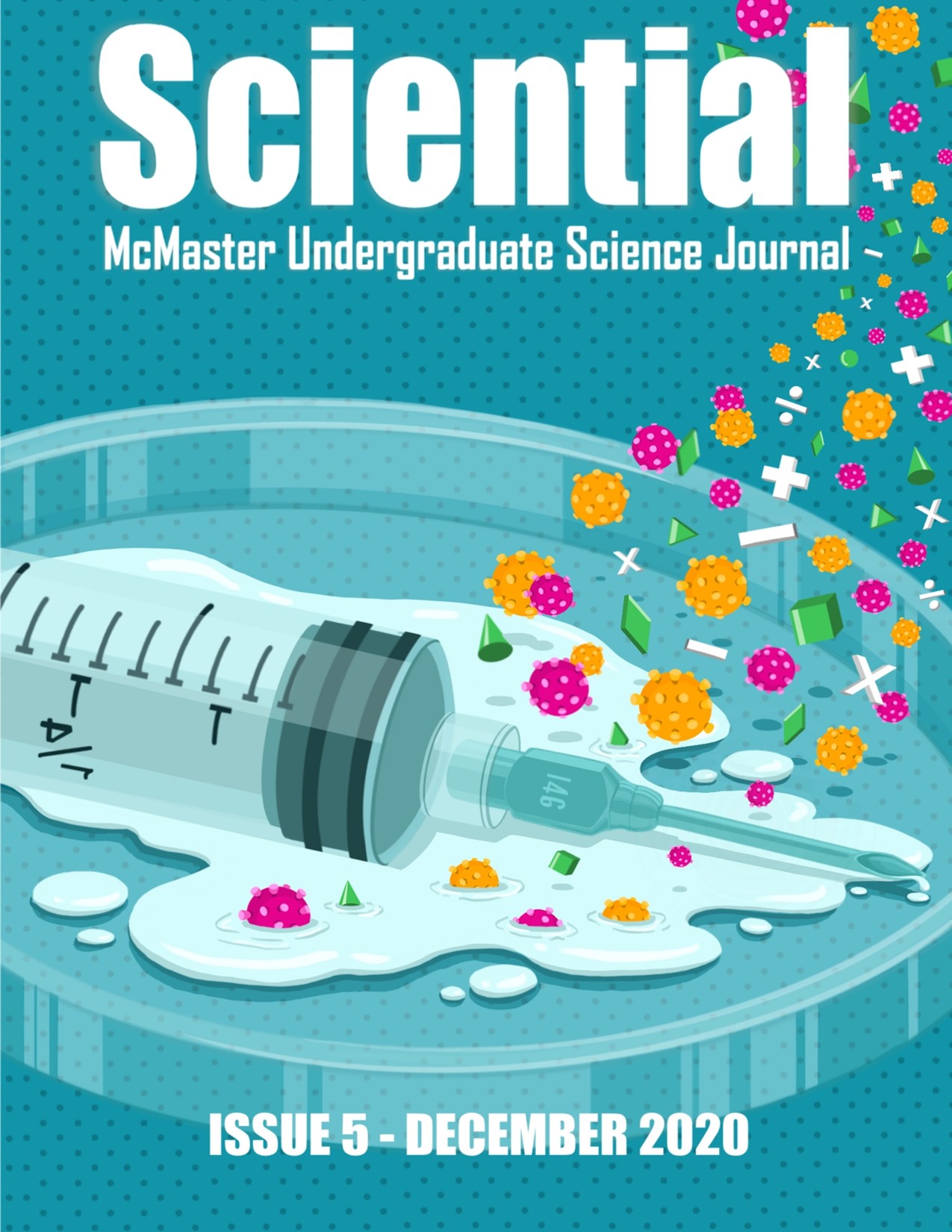Mapping Neodymium Model Ages of the Quebecia Terrane Near Saguenay, Quebec
DOI:
https://doi.org/10.15173/sciential.v1i5.2554Keywords:
Quebecia, model age, accreted arc model, samarium-neodymium datingAbstract
The geological evolution of the Grenville Province remains a subject of confusion among geologists. Orogenic events have deformed the original features, making the geology of the area challenging to delineate. This study maps the distribution of crustal formation ages within the Quebecia terrane of the Grenville Province. This provides insight into the crustal provenance of the geological units present. Previous research suggested the presence of slivers of Paleoproterozoic crust (>1.65 Ga) within Pinwarian crust (1.5 Ga). Four geological samples were analyzed from the southern side of the Saguenay graben, where the Paleoproterozoic crustal slivers were thought to extend. Analysis through TDM model ages derived from Sm-Nd radiogenic dating aimed to identify the boundaries of these slivers. Determining the model age distribution within the terrane allows for further delineation of the geological history of the region. The samples analyzed in this study yielded Pinwarian TDM model ages, indicating that slivers of old crust are not present within the study area. These results provide further constraints in the detailed structure of the Quebecia composite arc belt and the geological events preserved within the Grenville Province.
Downloads
Published
How to Cite
Issue
Section
License
Copyright (c) 2020 Sciential - McMaster Undergraduate Science Journal

This work is licensed under a Creative Commons Attribution-NonCommercial-ShareAlike 4.0 International License.
Authors submitting to the journal must adhere to the terms of Attribution-ShareAlike 4.0 International (CC BY-SA 4.0) license as outlined below:
1. You are free to share (copy and redistribute) any material from this journal, granted you have given appropriate credit, provided the link to the license, and indicated whether changes were applied to original work.
2. You are free to adapt (remix, transform, and build upon) any material from this journal, granted you distribute your work under the same license.



